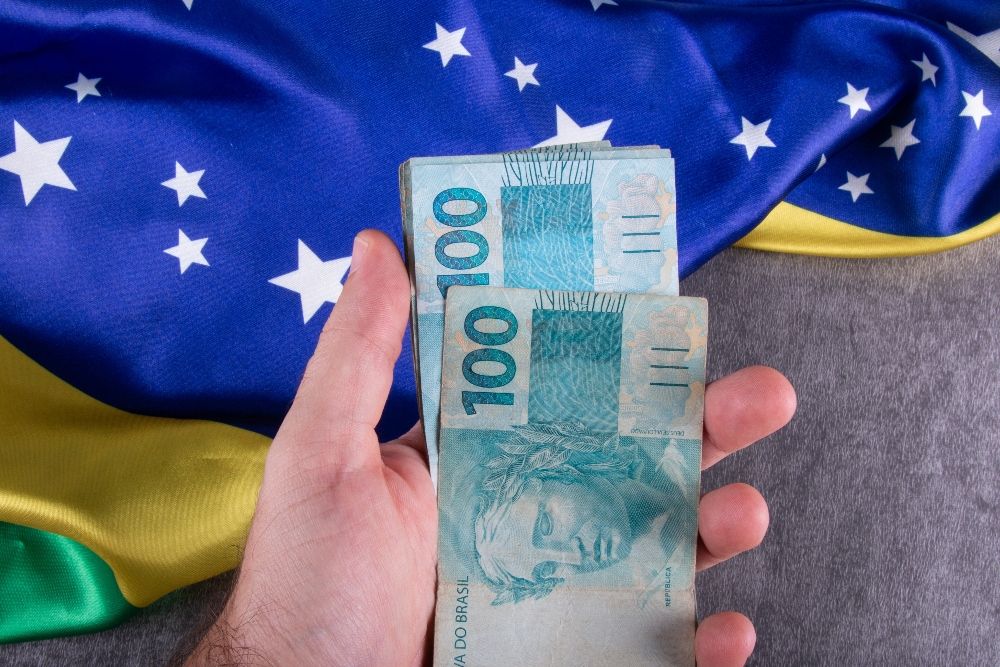In a revealing assessment of the Brazilian economy, the central bank’s latest data indicates a concerning trend regarding individual savings habits.
For the fourth consecutive year, Brazilians have withdrawn more from their savings accounts than they have deposited.
The net withdrawals amounted to 15.5 billion reais (approximately $2.5 billion), a significant decrease compared to previous years.
In 2023, withdrawals had surged to 87.8 billion reais; in 2022, to 103.2 billion; and in 2021, to 35.5 billion.
As the numbers illustrate, while the outflow of funds is less dramatic this year, the ongoing trend poses questions about the financial behaviours of Brazilian citizens.
Monthly insights: a unique December
Typically a month characterized by increased savings due to year-end bonuses and holiday expenditures, December 2024 marked a stark deviation from this norm.
According to a Reuters report, the net inflow of 4.9 billion reais was noted as the smallest December inflow since 2015.
This phenomenon points to broader economic concerns faced by Brazilian households, suggesting a lack of financial confidence and necessitating a deeper dive into the underlying factors at play.
Economic pressures and market dynamics
Brazil’s savings accounts play a pivotal role in supporting the real estate credit market, yet their performance is increasingly influenced by the changing landscape of interest rates.
As the global economy grapples with high inflation, Brazil’s policymakers responded by tightening borrowing costs.
The benchmark interest rate closed in 2024 at 12.25%, an increase from 11.75% at the beginning of the year.
This rise in interest rates typically makes fixed-income investments more appealing compared to traditional savings accounts, resulting in bolstered withdrawals.
The Brazilian economy has shown considerable growth, that has been accompanied by inflationary pressures.
With a robust economy but a weakened currency, many citizens may feel compelled to invest their funds elsewhere, inevitably leading to the outflow of savings.
The challenge for the central bank is to find a balance that supports savings while also combating inflation, thereby ensuring that the economy remains stable and individuals feel secure in their financial choices.
Central Bank’s response to the trend
In response to these trends, Brazil’s central bank has been contemplating potential changes to the remuneration of savings accounts.
Adjustments to the interest rates offered on savings could encourage more deposits and help counteract the outflow trend.
However, with higher interest rates currently dominating the landscape, the challenge remains significant.
Creating an attractive savings vehicle for the average Brazilian is a complex task, demanding a nuanced approach from policymakers.
Additionally, the shift in withdrawal patterns may reflect a broader cultural change regarding saving and investment in Brazil.
As digital financial tools and investment platforms rise in popularity, the traditional perception of savings accounts may be evolving.
More Brazilians may prefer to engage with investment options that promise higher returns, further complicating the landscape for savings accounts.
Implications of withdrawal trends
As Brazil moves into 2025, the implications of these withdrawal trends on personal finance and the broader economy must be thoroughly examined.
Declining interest in savings accounts can lead to longer-term repercussions for real estate financing and homeowner investment, which in turn affects economic growth.
It is imperative for policymakers and financial institutions to closely monitor consumer behaviour and adjust strategies accordingly.
Educating the public about the advantages of saving and the risks associated with higher-interest investments could prove beneficial.
Additionally, fostering an environment that encourages saving—whether through education or attractive product offerings—will be crucial in reversing the trend of net withdrawals.
Overall, while the information from the central bank indicates a less severe outflow of funds compared to previous years, the persistence of this trend calls for introspection and proactive measures- addressing not only economic pressures but also the evolving preferences of Brazilian consumers within an increasingly complex financial landscape.
The post Brazilians drain savings for fourth straight year, central bank confirms appeared first on Invezz
